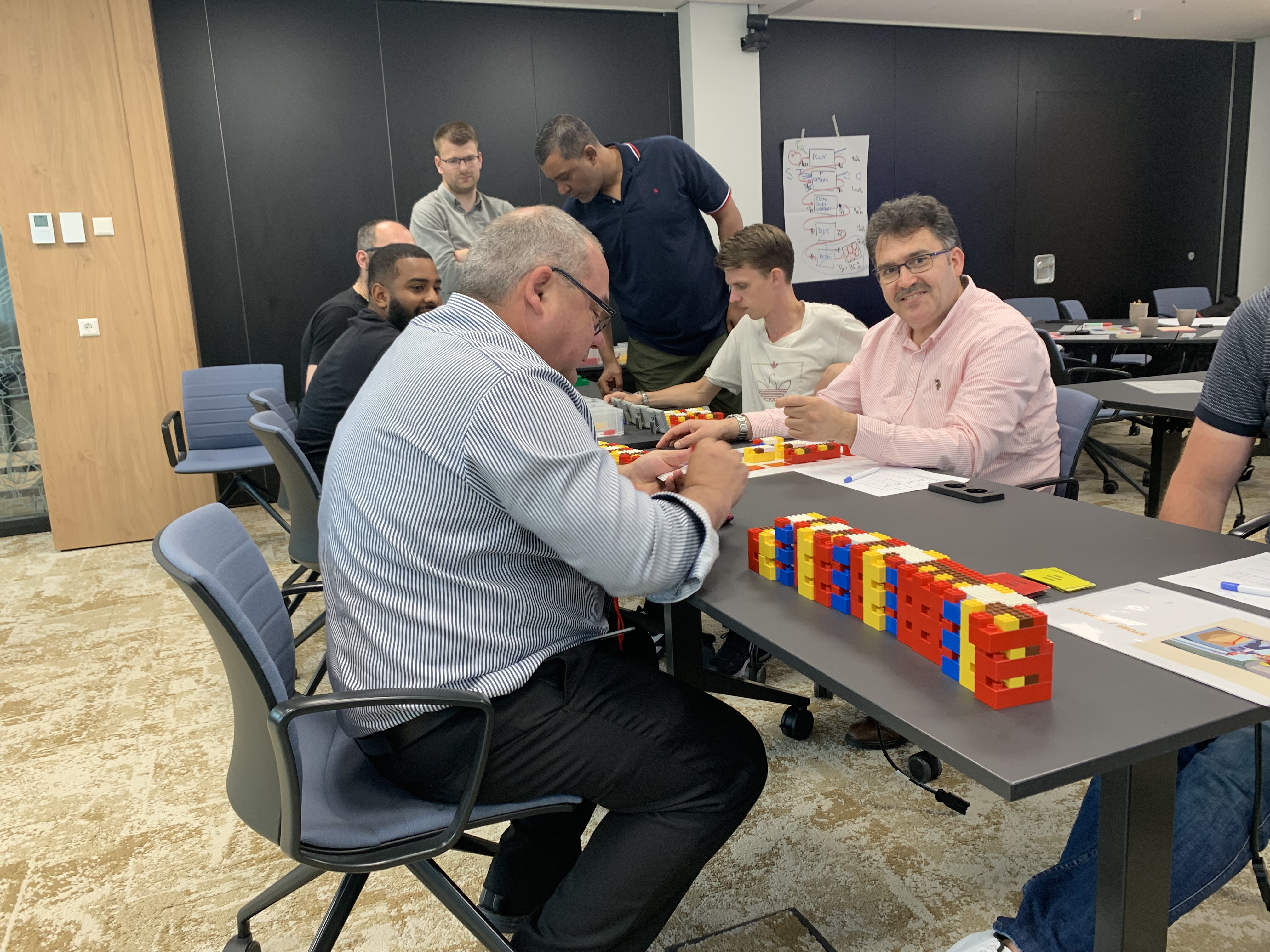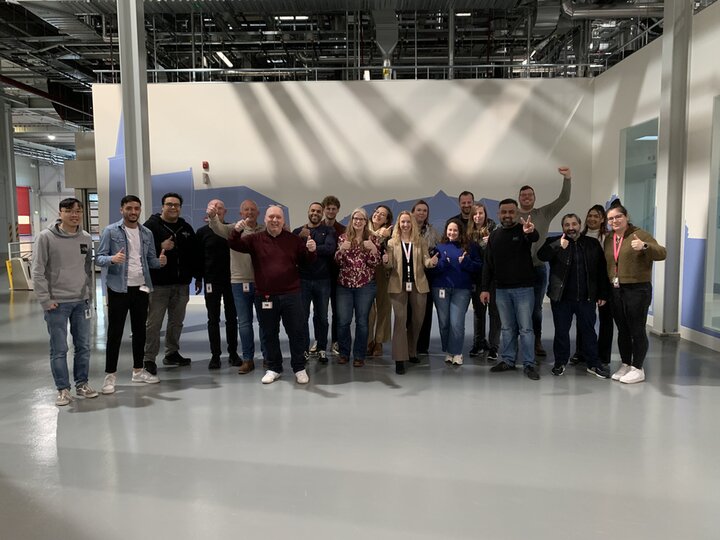How does LEGO help to understand Lean Manufacturing?
Training

LEGO finished products to the customer
Delivering training can be daunting. How do you ensure that the content is effectively communicated? How do you guarantee that the training is efficient and maintain high energy levels throughout the day? By participating in the Lean Manufacturing training, you will understand and experience how to create stability in your work, establish flow in activities, and, therefore, become more efficient. The approach consists of providing theoretical content, followed by exercises related to the learned material, enabling you to see, feel, and even hear the differences you can make by applying the lessons learned.
In the Lean Manufacturing training, you will learn how to create flow through five sequential steps: #Customer Focus, #Map the Process, #Create Flow, #Establish Pull, and #Continual Improvement. We use LEGO bricks to simulate a production site. The trainees are divided into two teams that compete against each other to determine which team generates the most revenue after the two-day training and establishes the most stable and efficient setup for their ‘site’. By using LEGO blocks, we can simulate the assembly of a product for customers.

LEGO Assembly station
All levels – This concept resonates with the recently launched C.E.O. acronym as a strategic focus by Joaquin Duato. We know that in Leiden, we inspire individuals at all levels. If you aspire to have a more stable work area, create flow to free up the time you currently spend on firefighting, and foster better collaboration, sign up for the Lean Manufacturing training. Experience how gamification with LEGO can provide you with new insights.
Gamification of training – It is striking to observe that trainees often feel discomfort when the process does not run smoothly, even in a simulation. The power of using LEGO bricks lies in their simplicity, and (almost) everyone enjoys working with them. Thus, having the opportunity to play pretend by using the bricks is both fun and beneficial, supporting the training aims through gamification.
Trainees have expressed positive feedback regarding the setup of the training, particularly the balance between theoretical and practical components. They experience that teamwork, trust, and action are essential for running a site effectively. Furthermore, the competitive aspect of the training, with the two teams needing to execute simulation runs and optimize the process round by round, adds excitement.
“To ‘play’ with the bricks is both fun and beneficial”

Arjan de la Rie
Director MTO operational Excellence DOTS
Ondertitel
Ondertitel

Team dat getraind is in Lean Manufacturing DEC24
Ondertitel
